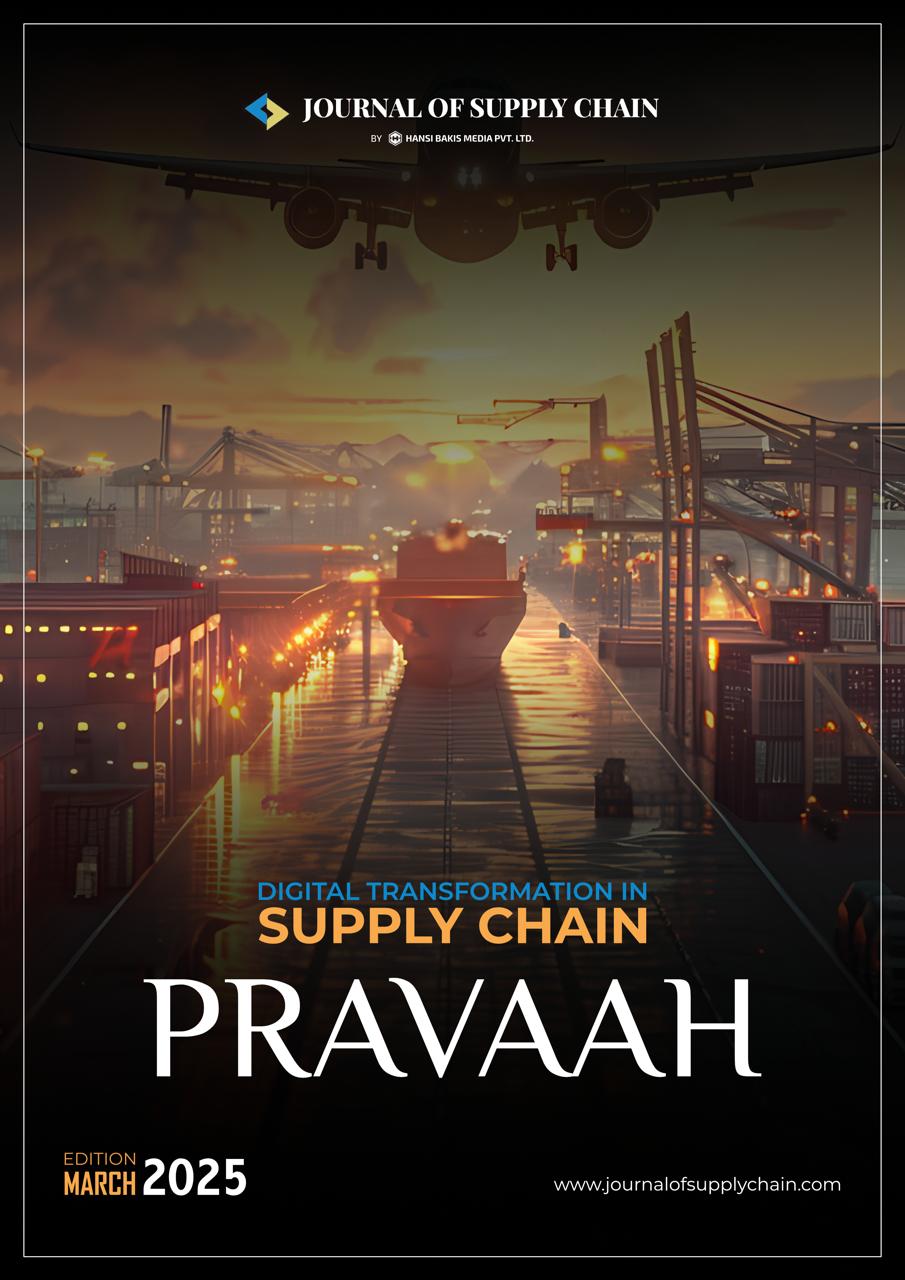Los Angeles port cargo falls 5% in May amid tariff pressures
The Port of Los Angeles reported a cargo throughput of 716,619 TEUs (Twenty-Foot Equivalent Units) in May 2025, reflecting a 5% year-on-year decline and marking its lowest monthly cargo volume in over two years. This drop ends a streak of ten consecutive months of growth and signals growing pressure from newly imposed tariffs affecting both imports and exports. Imports for the month stood at 355,950 TEUs, down 9% compared to May 2024, while exports declined by 5% to 120,196 TEUs. Despite the downturn, the port noted a slight 2% increase in empty container movement, according to an official media release. As one of the most critical shipping ports and freight handling centers globally, the performance of the Port of Los Angeles is closely watched by international logistics players. These figures underscore the volatility in port logistics in supply chain operations, especially as global trade policy shifts continue to influence cargo patterns.
Vizag port receives two awards
Visakhapatnam Port Authority (VPA) has been honoured with two prestigious awards at the 11th Annual Greentech CSR Awards 2025, held in New Delhi. VPA was recognized for its impactful initiatives in healthcare promotion and skill development, reaffirming its commitment to inclusive and sustainable growth. In the healthcare category, VPA's initiatives included financial support for free evening medical clinics, assistance in constructing environmental management facilities at Lions Cancer & General Hospital, and funding midday meals for students in unaided schools. These efforts contribute to community welfare around one of India’s key shipping ports and freight handling hubs. Under the skill development category, the port authority was lauded for empowering local youth with the training and resources needed to secure jobs at various multinational corporations. This aligns with broader goals of improving port logistics in supply chain operations by fostering a skilled workforce. As India continues to invest in smart port and supply chain infrastructure, VPA’s CSR efforts set an example for other ports striving to balance efficiency with social responsibility. At a time when India port congestion and global trade disruptions pose challenges, forward-thinking initiatives like this help strengthen the country’s port logistics network while uplifting local communities.
Combatting the Growing Threat of Freight Fraud
India Supply Chain Summit 2025
No freight surge yet, but India’s logistics sector stays watchful
As geopolitical tensions escalate in the Middle East due to the ongoing Israel-Iran conflict, India’s freight forwarding sector and supply chain management ecosystem are on high alert. Despite the uncertainty, there has been no significant surge in freight rates or major disruptions in ocean freight forwarding operations so far. Industry experts report that while global freight forwarding companies and shipping lines are adopting a cautious approach, the situation remains stable for now. However, stakeholders in supply chain and freight forwarding are keeping a close eye on potential ripple effects, especially concerning oil price volatility and shipping route security both of which are crucial to India’s freight systems and supply chain solutions. Should the conflict intensify, the Indian logistics sector could face challenges such as longer transit times, increased vessel rerouting, and higher fuel costs. These disruptions would directly impact supply chain demand planning and freight handling processes at Indian ports. India’s logistics and electronic supply chain management industries are proactively strengthening their resilience through digital supply chain innovations and strategic SCM innovations in India. Many companies are now relying on advanced supply chain management software and real-time future supply chain tracking technologies to maintain operational agility.
India emerging as key destination, amid supply chain shift of global electronic sector: Report
India is rapidly emerging as a global hub in electronic supply chain management, according to a new report by PwC, as global players continue to realign their supply and chain networks. The study highlights that the supply chain management landscape is undergoing significant transformation, positioning India as a central destination for electronics manufacturing. Amid this future of supply chain management, India has already made remarkable strides in the production of smartphones and other electronics, thanks to increased focus on supply chain demand planning and investment in digital supply chain infrastructure. The report states that India aims to achieve USD 500 billion in domestic electronics production by 2030, with a conservative estimate of reaching USD 282 billion. This growth is driven by robust SCM supply chain management strategies and government-backed supply chain management development programs that are attracting global tech giants to manufacture in India. These developments are expected to be a key focus at upcoming industry gatherings like the Supply Chain Leadership Summit and other best supply chain events in India, where experts will discuss innovations, including supply chain financing, chain supply management, and future supply chain tracking technologies. As India continues to lead in SCM innovations in India, understanding what is supply chain and what is supply chain management becomes critical for businesses aiming to succeed in this evolving landscape. Companies are increasingly adopting advanced supply chain management software to stay competitive and agile.
Nvidia to attend China supply-chain expo in July: Report
US chip giant Nvidia is set to participate in the China International Supply Chain Expo from July 16 to 20, 2025, in Beijing, marking its debut at this major global supply chain management event, according to a report by China’s state broadcaster CCTV. This third edition of the expo will feature over 230 companies, both Chinese and international, highlighting the future of supply chain management and the latest SCM innovations in India and globally. Nvidia’s involvement reflects the growing role of digital supply chain solutions and supply chain demand planning powered by AI and advanced computing technologies. The Supply Chain Leadership Summit, a highlight of the event, will bring together experts to explore electronic supply chain management, supply chain management development programs, and the evolution of chain supply management. As supply and chain management adapts to a digital-first world, themes such as supply chain financing, future supply chain tracking, and supply chain management software will take center stage. This premier expo is also among the best supply chain events in India and Asia, serving as a platform to discuss what is supply chain, the role of SCM supply chain management, and how organizations are shaping the future of supply chain.











































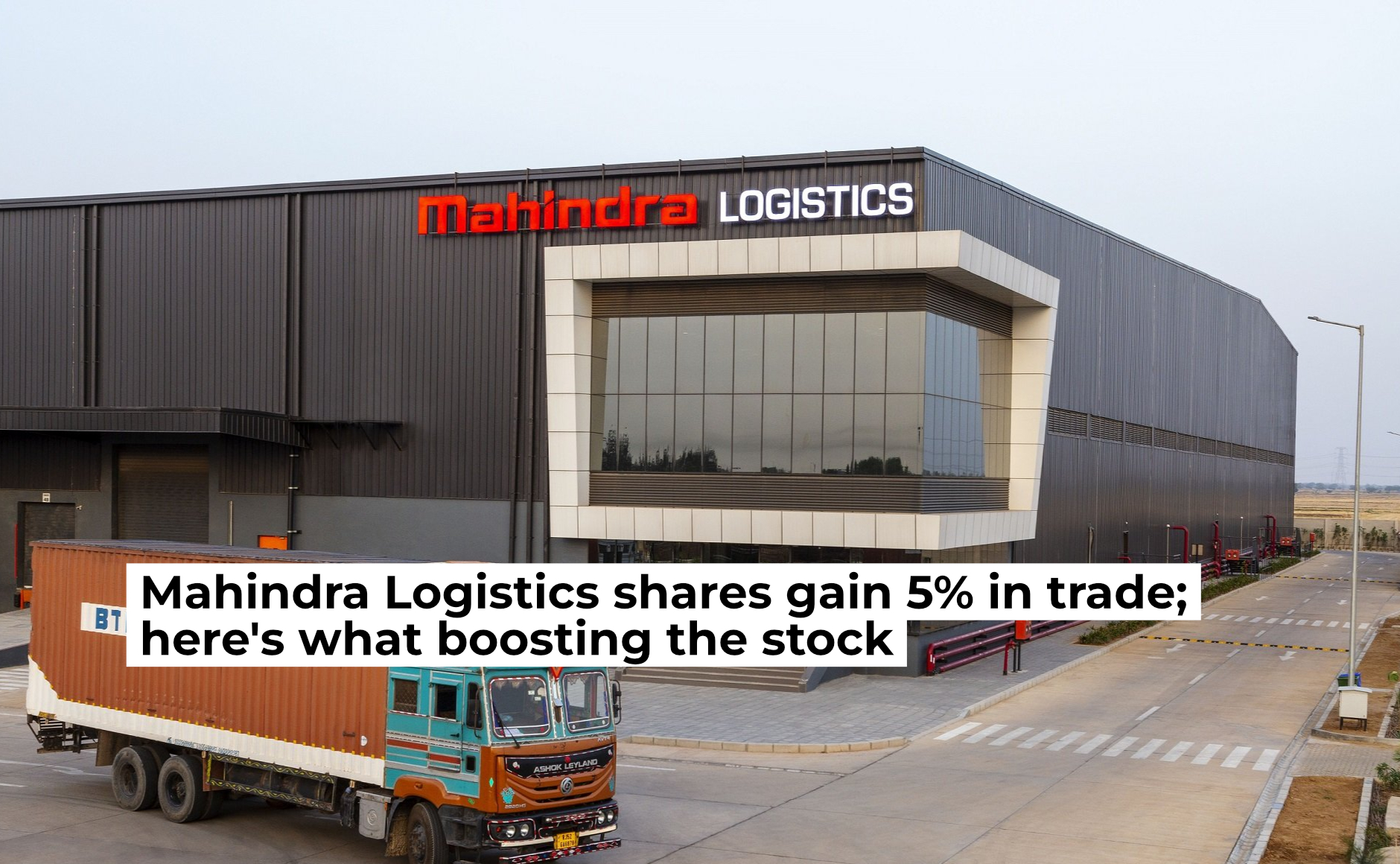















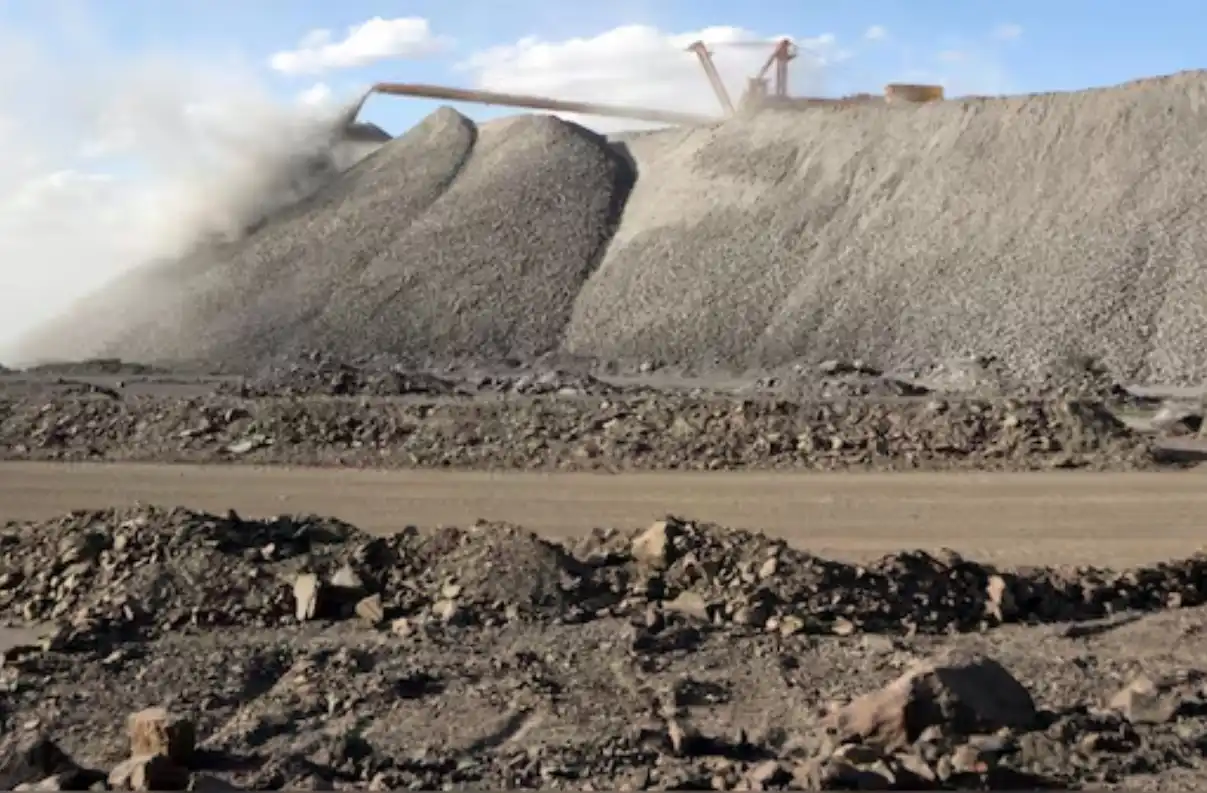
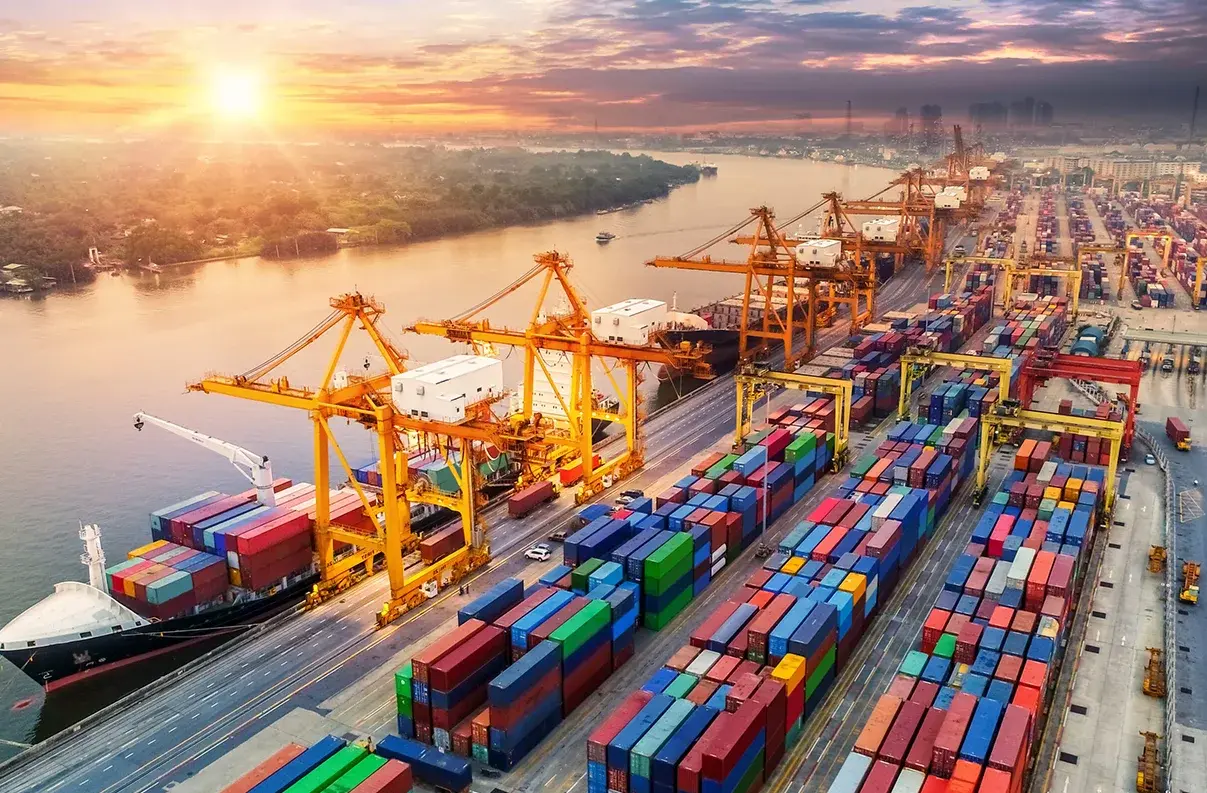

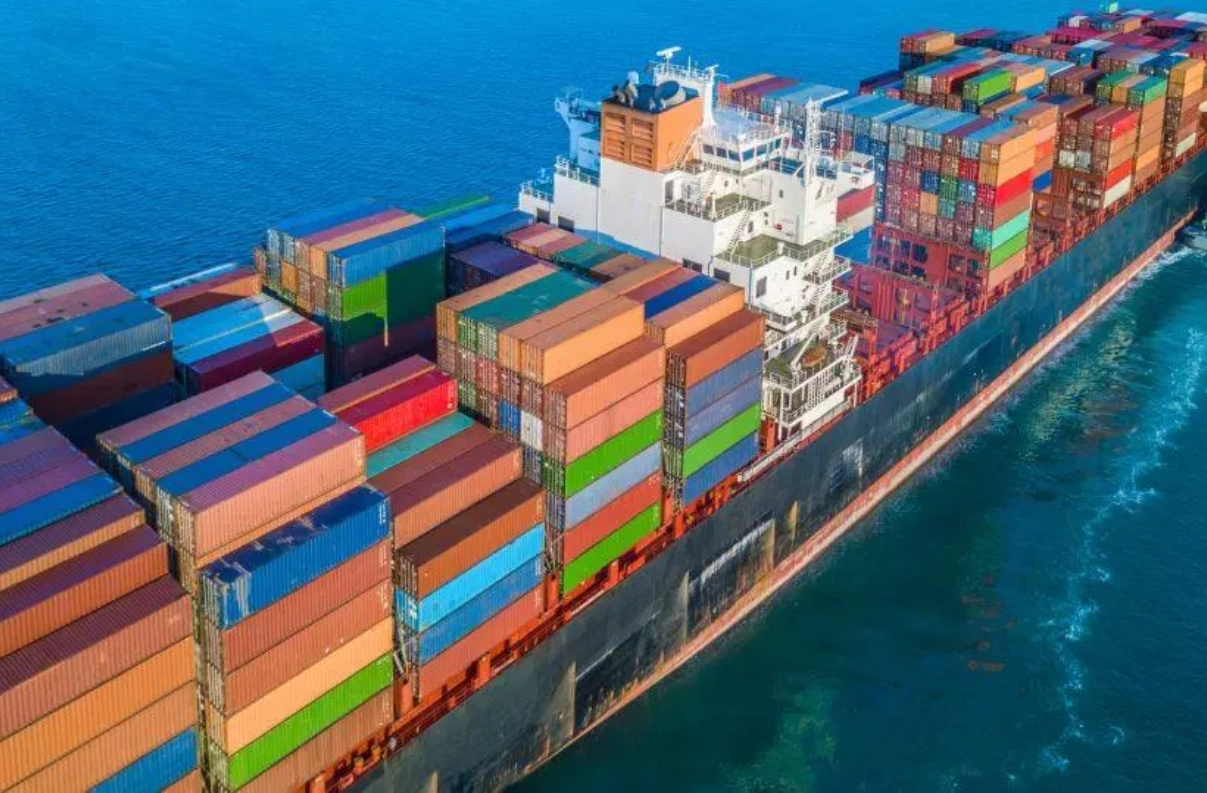















![$item['leaders']['alt']](https://www.journalofsupplychain.com/storage/app/public//registration/journal_of_supply_chain_1749793182.webp)
![$item['leaders']['logo_alt']](https://www.journalofsupplychain.com/storage/app/public//registration_logo/journal_of_supply_chain_1746440680.webp)
![$item['leaders']['alt']](https://www.journalofsupplychain.com/storage/app/public//registration/journal_of_supply_chain_1747215314.png)








